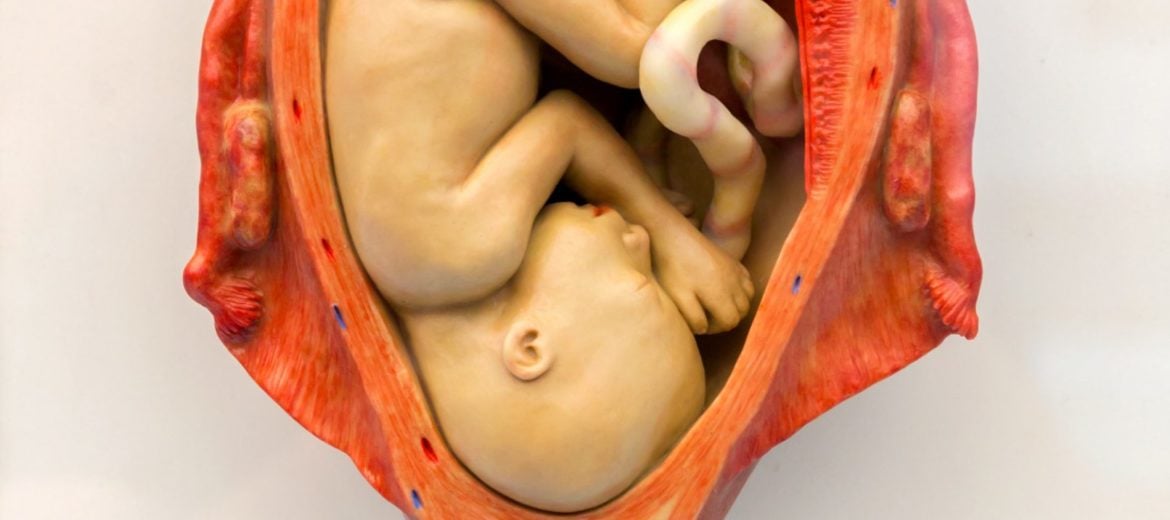During the course of your pregnancy, you may hear your gynecologist refer to the ‘position’ or ‘presentation’ of your baby. The ‘presentation’ of the baby is the part of the baby that lies at the lower end of the uterus (womb) or is at the entry of the pelvis.
The ‘position’, in medical terms, indicates in which way the ‘presenting part’ of the baby lies in relation to the mother, i.e. whether it lies in the front, at the back or on the sides.
“In layman terms, ‘presentation’ and ‘position’ are often used interchangeably,” says Dr. Anita Sabherwal Anand, Obstetrician-Gynecologist at Sitaram Bhartia Hospital in Delhi.
When a doctor says that your baby is in a head down position, it means that your baby is in vertex presentation.
What is vertex position in pregnancy? What is the difference between vertex and cephalic presentation?
In layman terms, the head down position is known as ‘cephalic presentation’ which means that the head of the baby lies towards the mouth of the uterus (cervix) and the buttocks and feet of the baby are located at the top of the uterus. Vertex is the medical term for “crown of head”. Vertex presentation indicates that the crown of the head or vertex of the baby is presenting towards the cervix.
Vertex presentation is the most common presentation observed in the third trimester.
The definition of vertex presentation, according to the American College of Obstetrics and Gynecologists is, “A fetal presentation where the head is presenting first in the pelvic inlet.”
Is vertex presentation normal?
Yes, the vertex position of the baby is the most appropriate and favourable position to achieve normal delivery.
“About 95% of babies are in vertex presentation (head down) at 36 weeks, while 3-4% may lie in a ‘breech position,” says Dr. Anita.
Breech presentation is a nonvertex presentation.
A baby is said to be in breech presentation when its feet and buttocks are at the bottom, on the cervix, and the head settles at the top of the uterus.
Should I be worried about a breech presentation?
“There is no need to worry because babies turn throughout pregnancy, “ explains Dr. Anita.
In the early weeks of pregnancy, because the baby is small, it can lie in any position. As it grows heavier than 1 kg, it usually tumbles down and comes into the head down position.
What may cause babies to be in the breech position?
There are a few situations that may increase the risk of having a breech baby even after 36 weeks of pregnancy. These are:
- Twins or multiple babies, wherein there is limited space for movement of the babies
- Low levels of amniotic fluid that prevents free movement of babies or very high volume of amniotic fluid that does not allow the baby to settle in a position
- Abnormalities in the uterus, either the presence of low lying placenta or large fibroids in the lower part of the uterus
Breech positions are higher in preterm birth where the baby is small and may not have had enough time to flip.
“Your gynecologist will place her hands on your abdomen and ascertain the baby’s position during your consultations in the third trimester.”
It was in one such consultation that Shilpa Newati found out that her baby was in breech presentation. She was consulting another hospital where her gynecologist advised a cesarean section. But Shilpa remained adamant and decided to get a second opinion.
“When I came to Sitaram Bhartia Hospital, the gynecologist explained that babies can turn even until the last moment. Since my pregnancy was progressing well she saw no reason to rush into a cesarean section. “
“I was advised to wait and try a few simple techniques that may help the baby turn.”
Can a baby turn from being in breech presentation to vertex presentation?
Yes. If your baby is in breech position, you could try turning your baby through these methods:
- Daily walks (45-60 minutes) not only keep the mother fit but also help the baby tumble down into the head down position.
- Exercises like Cat and Camel or High Bridge may help turn the baby. “Be sure to learn these from a physiotherapist who can properly teach you what to do.”
- External Cephalic Version (ECV) is a maneuver to manually turn the baby to vertex presentation. It is usually done after 36 weeks by a gynecologist with the guidance of an ultrasound. ECV has a success rate of about 50%.
There are a few other methods that are not scientifically proven but may be safe to try.
- Torch: Placing a torch near your vagina may help the baby move in the direction of the light.
- Music: Playing music near the bottom of the belly may encourage the baby to move toward the sound of music.
In Shilpa’s case, the baby turned into vertex presentation at 37 weeks and she went on to have a vaginal delivery like she had hoped.
Watch Shilpa share her story:

Conclusion
In very few instances, the baby may not turn into vertex presentation. In such a situation, a cesarean section may be safer for both mother and baby.
Come in for a consultation Please Chat with us on WhatsApp to schedule an appointment.
More Resources:
- Baby’s Head Engaged: Symptoms, Meaning & What You Can Do
- C Section Delivery: 9 Indications Where It May Be Avoidable
- How to Turn Baby’s Head Down Naturally [VIDEO]
This article has been written with and reviewed by Dr. Anita Sabherwal Anand, who has over 20 years of experience in Obstetrics and Gynecology.
 MBBS, Lady Hardinge Medical College, University of Delhi (1992); MD (Obstetrics & Gynaecology), Lady Hardinge Medical College, University of Delhi (1997); DNB Secondary (Obstetrics & Gynaecology), National Board of Medical Education, New Delhi (1999)
MBBS, Lady Hardinge Medical College, University of Delhi (1992); MD (Obstetrics & Gynaecology), Lady Hardinge Medical College, University of Delhi (1997); DNB Secondary (Obstetrics & Gynaecology), National Board of Medical Education, New Delhi (1999)


